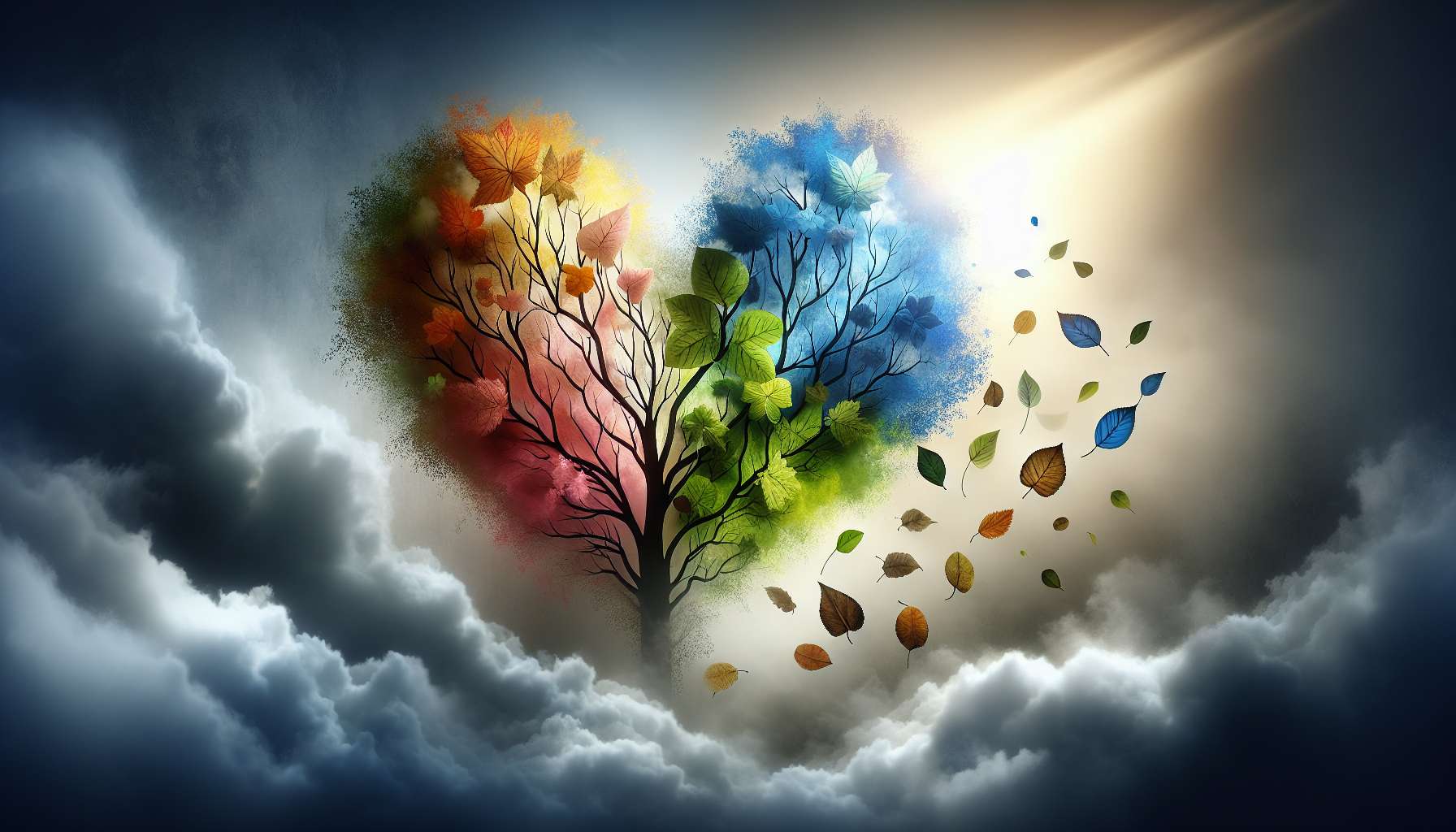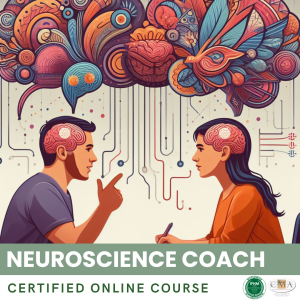TITLE: 1.2 – The Different Types of Grief
Grief is a universal experience that touches each individual in their lifetime. However, there are different types of grief depending on the nature of the loss, the circumstances of death, and the relationship we had with the deceased. Understanding these specifics is crucial to tailor the support and accompaniment offered to the bereaved.
Anticipatory grief occurs when the loss is predictable, for example in the case of a terminal illness. The family and friends begin their grieving process before the death, with ambivalent feelings oscillating between hope and resignation. This type of grief allows for gradual preparation for the absence, the resolution of possible conflicts and final goodbyes. But it can also generate great physical and emotional fatigue, as well as guilt for “over-preparing.”
Conversely, traumatic grief follows a sudden and unexpected loss such as an accident, a suicide, or a homicide. The shock is all the more intense when nothing could have foreseen the tragedy. The sometimes violent circumstances of the death (mutilation, suffering) can induce post-traumatic stress in those close to the deceased, with intrusive images and hypervigilance. An overwhelming sense of injustice and absurdity predominates, making acceptance very difficult. Specialized accompaniment is often required.
Complicated grief is talked about when the process becomes frozen or intensifies over time, significantly hindering the individual’s functioning. Several risk factors exist such as a fusional relationship with the deceased, unresolved previous losses, social isolation or psychological history. Emotional and behavioral reactions are intensified: intense sadness, persistent denial, idealization of the deceased, risky behaviors, social withdrawal. Therapeutic follow-up is indicated to prevent psychiatric complications.
Pathological grief is the most severe form, where distress becomes disabling with a risk of suicide. There is a blockage of emotions or on the contrary uncontrollable distress, addictive behaviors, a collapse of the meaning of life. The individual seems to have no more resources to cope. Intensive treatment combining psychological support and medication is necessary.
Some griefs are said to be “complicated” by the nature of the connection we had with the deceased. This is the case with parental grief, considered the most painful as it reverses the natural order of generations. Losing a child is losing part of oneself, one’s future, one’s hopes. This is also the case with perinatal grief (miscarriage, stillbirth, neonatal death), often minimized socially even though they reactivate archaic attachment wounds.
Conjugal grief also induces deep disruption with the loss of a life partner, a co-parent, emotional and material references. Early widowhood is particularly destabilizing. Fraternal grief shakes family ties and identity. Losing a twin is losing one’s double, a part of oneself. Each bond has its specifics that color the experience of loss.
Animal grief occurs when we lose a pet. It’s often underestimated or misunderstood by society, which can add to the grief and solitude. The strength of attachment bonds, the constant and unconditional company that pets provide can intensify the loss.
Lastly, some griefs are socially unrecognized such as perinatal deaths, abortions, suicides, drug overdoses, HIV/AIDS. These “disenfranchised” griefs deprive bereaved individuals of appropriate social support and can complicate the emotional journey, hence the importance of legitimizing them.
In summary, there is a wide diversity of griefs depending on the attachment bond, the circumstances of the loss, and the degree of social recognition. Each grief is unique but some present specific issues that can undermine the process. Understanding them enables us to better adjust the accompaniment and prevent complications. As Jacques Salomé says: “There are as many ways to live through grief as there are relationships and beings in the world.”
Key points to remember:
– Grief is a universal experience, but there are different types of grief based on the nature of the loss, the circumstances of the death, and the relationship with the deceased.
– Anticipatory grief allows for preparation for the loss, while traumatic grief, following a sudden loss, can induce post-traumatic stress.
– Complicated grief is characterized by a process that becomes stuck or intensifies over time, hindering the individual’s functioning. Pathological grief is the most severe form, with a risk of suicide.
– Some griefs are complicated by the nature of the bond, such as parental, perinatal, conjugal, fraternal, and animal grief.
– Socially unrecognized griefs, such as perinatal deaths, abortions, suicides, drug overdoses, and HIV/AIDS, can complicate the emotional journey.
– Understanding the specifics of each type of grief allows for the adaptation of support and the prevention of complications.
👉 To download docx (Editable) file click here : Click here
👉 To download PDF file click here : Click here
👉 To download MP3 file click here : Click here







